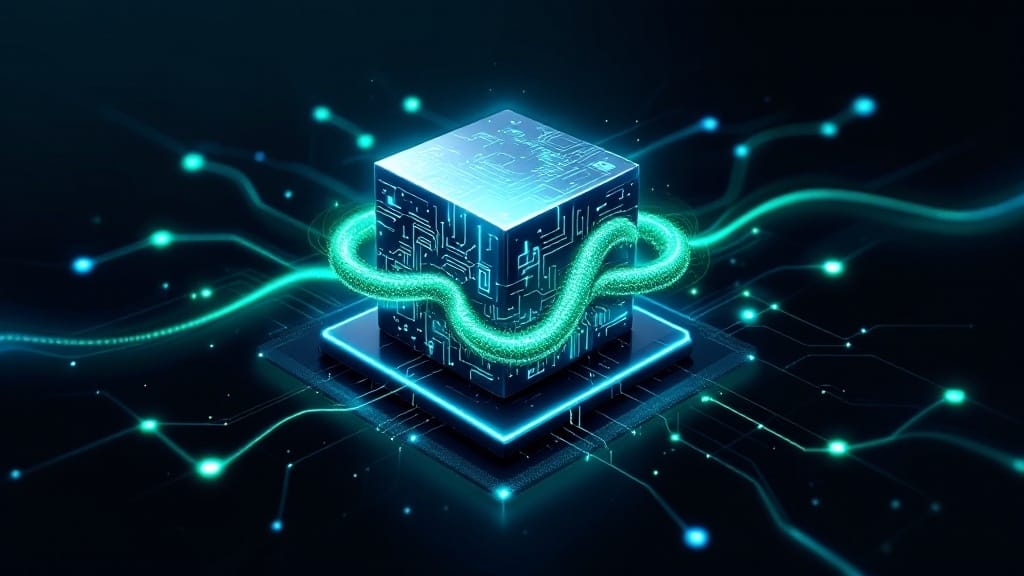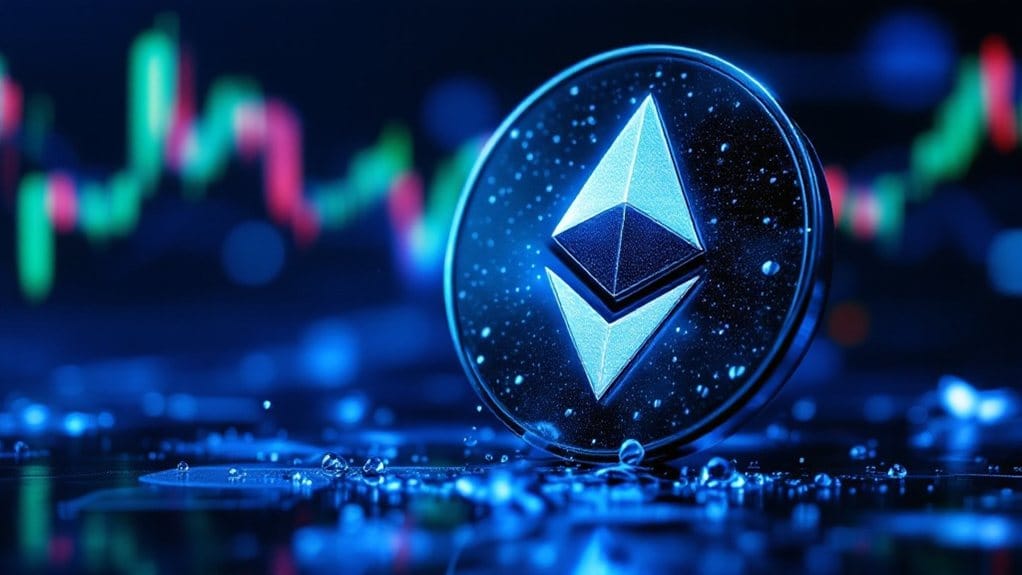Cardano is a tertiary-generation blockchain platform founded by Charles Hoskinson that utilizes a proof-of-stake consensus mechanism called Ouroboros to process transactions efficiently. The platform’s dual-layer architecture separates settlement functions from computation capabilities, enabling smart contract deployment while maintaining security through peer-reviewed research and formal verification methods. Through its native token ADA, users can participate in network governance and staking, while its sustainable approach and academic rigor position it distinctively in the blockchain ecosystem, with deeper technical innovations waiting to be examined.

In the evolving landscape of blockchain technology, Cardano stands as a pioneering tertiary generation platform that aims to address the limitations of its predecessors. Founded by Charles Hoskinson and Jeremy Wood in 2017, the platform utilizes ADA as its native token, named after the mathematical pioneer Ada Lovelace, and implements a sophisticated layered architecture designed for improved scalability and flexibility.
At its core, Cardano operates through a distinctive proof-of-stake consensus mechanism called Ouroboros, which greatly reduces energy consumption compared to traditional proof-of-work systems. This mechanism enables token holders to stake their ADA for network security while earning rewards, promoting decentralization through a validator selection process based on staked coins and mathematical principles. Recent data shows that whale investors have demonstrated strong confidence in the platform by purchasing 120 million ADA tokens for $100 million in January 2025.
Cardano’s Ouroboros system revolutionizes blockchain consensus by enabling eco-friendly staking while rewarding participants who secure the network through mathematical validation.
The platform’s dual-layer structure separates settlement functions from computation capabilities, allowing for streamlined maintenance and upgrades. The settlement layer manages ADA transactions with minimal fees, while the computation layer facilitates smart contract deployment and decentralized application development. The platform executes systematic upgrades through its hard fork combinator for seamless transitions. This architectural approach improves the network’s total performance and transaction processing efficiency. Similar to Ethereum’s approach to scaling, Cardano implements Layer-2 solutions to enhance transaction throughput while maintaining security.
Cardano distinguishes itself through its commitment to academic rigor and peer-reviewed research, employing formal verification methods to mathematically prove code correctness and reduce vulnerabilities in smart contracts. This scientific approach extends to the platform’s governance system, where ADA holders can participate in voting processes for protocol changes and project funding through a dedicated treasury system.
The platform’s focus on sustainability and social impact is evident in its energy-efficient design and mission to provide financial services to underserved populations. Through its robust development tools and secure environment for DApp creation, Cardano fosters innovation while maintaining stringent security standards.
The platform’s forward-thinking approach, combined with its emphasis on community participation and collaborative governance, positions it strongly within the growing decentralized market, offering a technically sophisticated yet environmentally conscious solution for blockchain implementation.
FAQs
How Does Cardano’s Energy Consumption Compare to Other Major Blockchain Platforms?
Cardano’s energy consumption of approximately 2.602 GWh annually stands considerably lower than Bitcoin’s 137.68 TWh, representing a fraction of PoW blockchain energy usage.
While more energy-efficient than traditional PoW systems, Cardano’s consumption exceeds Tezos’s 0.00006 TWh/year.
Through its Ouroboros PoS protocol, Cardano achieves transaction validation using minimal energy, requiring only 0.5479 KWh per transaction, positioning it among the more sustainable blockchain platforms.
Can I Stake ADA Tokens Directly From a Hardware Wallet?
Yes, ADA tokens can be staked directly from hardware wallets through integration with compatible software wallets like Eternl or Yoroi.
Users maintain complete custody of their tokens while the hardware wallet stores private keys offline, providing improved security.
The process involves connecting the hardware wallet to the software interface, selecting a stake pool, and initiating delegation, while the ADA never leaves the hardware device.
What Programming Languages Are Supported for Cardano Smart Contract Development?
Cardano supports multiple programming languages for smart contract development, with Plutus serving as the primary language based on Haskell.
Additional options include Marlowe, specifically designed for financial contracts, and newer alternatives like Aiken and OpShin.
Aiken simplifies validator script development through a more accessible syntax, while OpShin offers Python-based smart contract creation.
Each language provides distinct advantages for different development needs and use cases.
How Often Does Cardano Release Major Network Upgrades?
Cardano releases major network upgrades approximately every 12-24 months, following a methodical development approach that prioritizes thorough testing and peer review.
These significant updates, known as hard forks, are implemented as part of the platform’s planned eras of development.
Recent examples include the Vasil hard fork in 2022, which improved scalability, and the Plomin hard fork, which introduced new governance features.
What Are the Minimum Hardware Requirements to Run a Cardano Node?
The minimum hardware requirements for running a basic Cardano node include a dual-core CPU, 4 GB of RAM, and 30 GB of storage space, preferably SSD.
The system should run on a 64-bit Linux operating system, such as Ubuntu 18.04+ or Debian 10.3+.
For ideal performance on the mainnet, users should consider upgrading to 24 GB of RAM and 150-250 GB of storage, along with a stable internet connection.









